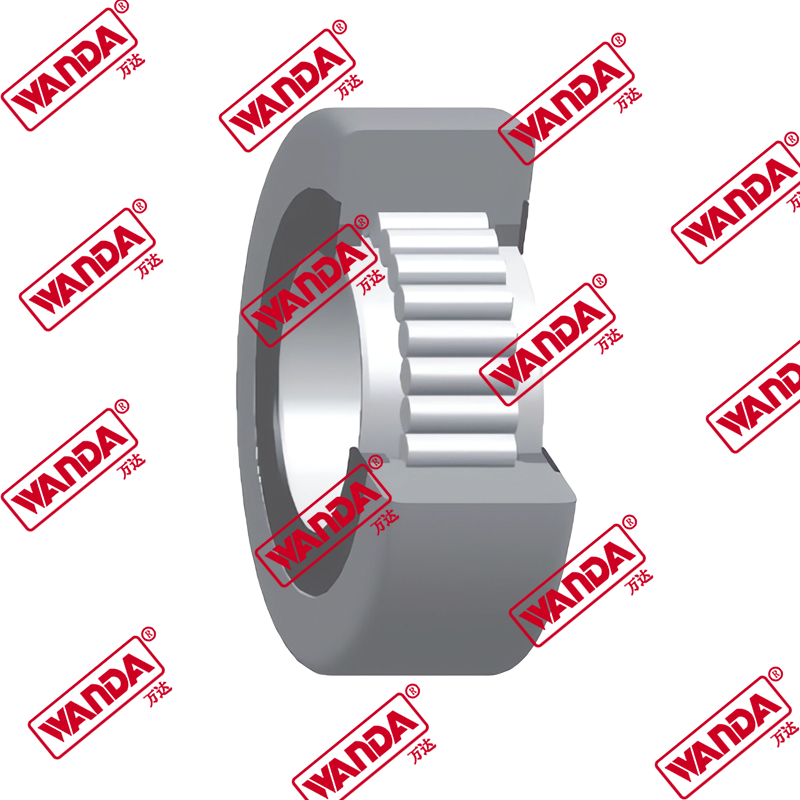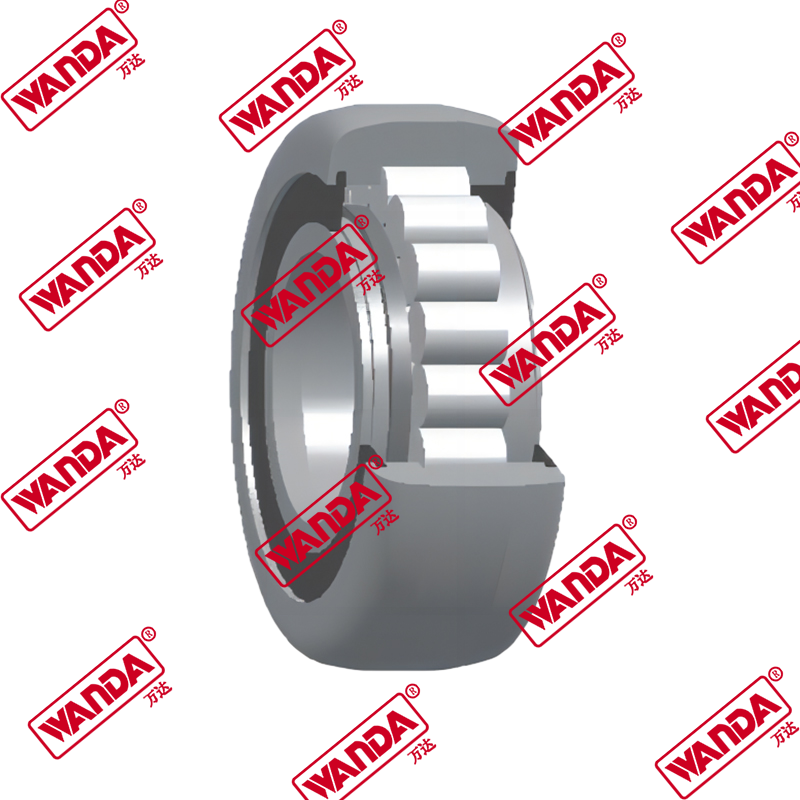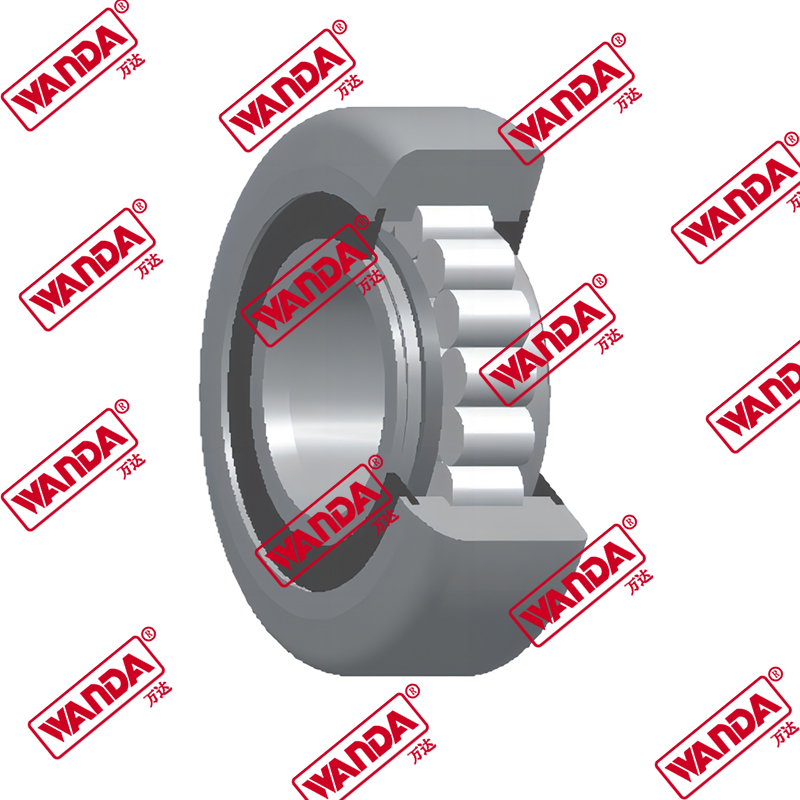The following is a comparative analysis of angular contact ball bearings and cylindrical roller bearings in terms of speed and load capacity:
Angular contact ball bearings
Speed
Angular contact ball bearings are designed for high-speed operation, and their structure allows stable performance at higher speeds.
The larger the contact angle, the higher the axial load capacity. High-precision and high-speed bearings usually take a contact angle of 15 degrees.
Load capacity
Angular contact ball bearings have outstanding load capacity for axial loads and can withstand bidirectional axial forces.
Single-row angular contact ball bearings can only withstand axial loads in one direction. When subjected to radial loads, additional axial forces will be caused.
Paired duplex installation can balance additional axial forces, so that the bearings can limit the axial displacement of the shaft or housing in both directions.
Cylindrical roller bearings
Speed
Cylindrical roller bearings are also suitable for medium and high-speed conditions, especially in machine tool spindles with high rigidity requirements, such as lathes, milling machines, etc.
The friction coefficient is small, suitable for high-speed operation, and the limit speed is close to that of deep groove ball bearings.
Load capacity
At the same size, the radial load capacity of cylindrical roller bearings is greater than that of angular contact ball bearings. This is because the contact surface of the cylindrical rolling element is linear and can withstand greater radial loads.
Cylindrical roller bearings mainly bear radial loads and are suitable for occasions that need to withstand large radial loads, such as machine tool spindles, reducers, etc.
Cylindrical roller bearings cannot withstand axial loads and are usually used in combination with bearings that can withstand axial loads.
Speed: Angular contact ball bearings perform better in high-speed operation, while cylindrical roller bearings are also suitable for medium and high-speed conditions.
Load capacity: Cylindrical roller bearings are superior to angular contact ball bearings in radial load capacity, while angular contact ball bearings are more prominent in axial load capacity.












